Kal Kozomos
5 October 2020
Have you ever had that feeling when riding your bike where you’re frantically trying to push the pedals, but it feels as though it’s stuck in mud? You look down and see your tyre flattened against the concrete. Disaster! You have a flat tyre. So, do you know how to pump up your tyres to get going again? Over time, tyres can lose air due to wear and tear so it’s important that you know how to pump up your bike tyres so you can enjoy your bicycle rides just like you used to, without any complications.
First, you will need to make sure you don’t need to change the tyre due to a puncture or any other damage to your bicycle. If you are sure that it is just a case of needing to re-inflate the tyre, then you can follow our process below.
What You will need:
Step 1: Locate the valve
Bike tyres will have a valve, open it by unscrewing the rubber cap at the top. Put the top somewhere safe like your pocket so you don’t lose it as you will need it later!
Step 2: Find your ideal PSI (pounds per square inch)
One of the most important factors for your comfort, enjoyment and performance on a bicycle is your tyre pressure. If you look on the raised print of your bike tyres you should be able to find the recommended PSI for your bicycle. Road tyres typically require 80 to 130 psi, mountain tyres require 25 to 35 psi; and hybrid tyres require 40 to 70 psi. Don’t let your PSI go any lower than the lowest number in the range; the highest number is the recommended maximum PSI.
Step 3: Put the pump on the tyre
Place the pump onto the valve. If there is a lever to secure the pump head onto the valve, ensure it is in the open position when placing it onto the valve and then snap it down once on the valve to secure it.
Step 4: Inflate the tyre
Press the pump head down several times to push air into the tyres. Keep an eye on the PSI so you don’t under or over inflate the tyres.
Step 5: Remove the pump
Once the tyre is filled with air within your ideal PSI range, simply pull the lever back up to remove the pump and quickly replace the rubber cap onto the valve before the air escapes.
So, there you have it – a quick and easy way to inflate your bike tyres. Want more tips and tricks on how to look after your bicycle? Why not read our guides on How To Lubricate A Bike Chain, How To Protect Your Bicycle From Rust or How To Remove Rust From A Bike Chain.
The uses shown and described for WD-40 Multi-Use Product were provided to WD-40 Company by the users themselves. These uses haven’t been tested by WD-40 Company and do not constitute a recommendation of suggestion for use by WD-40 Company. Common sense should be exercised whenever using WD-40 Company products.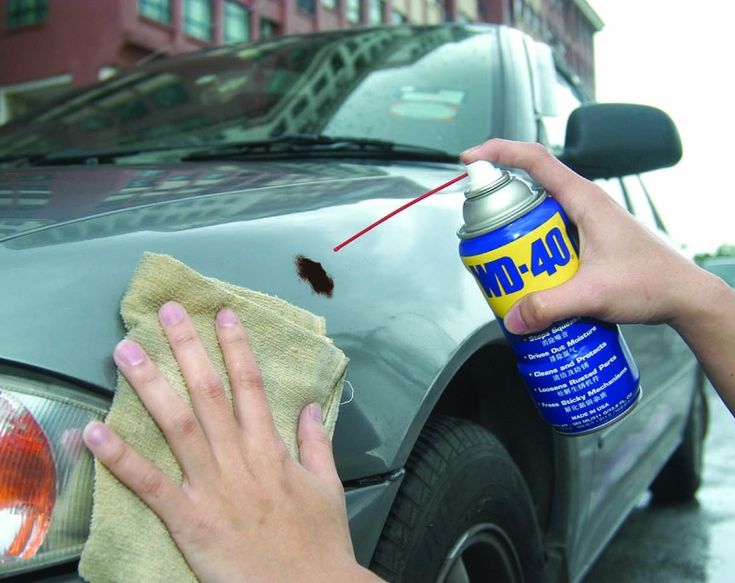 Always follow the instructions and take heed of any warnings printed on the packaging.
Always follow the instructions and take heed of any warnings printed on the packaging.
31 August 2022
19 April 2022
19 April 2022
19 April 2022
Find out more
Manage cookie consent
WD-40 Company Ltd
252 Upper Third Street
Milton Keynes
MK9 1DZ
+44 (0) 8449 800838
© 2022 WD-40 Company.
All Rights Reserved
Who doesn’t love the thrill of riding a bike? However, when it comes to your bike, the fact of the matter is that regular maintenance is vital for it to keep on giving you the thrills for a long, long time.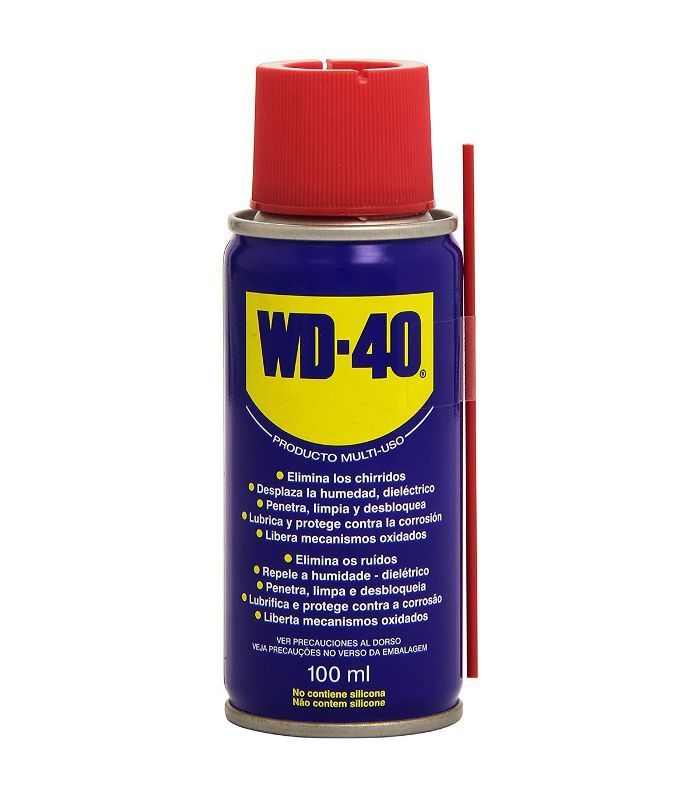 Here are some of the aspects for you to consider, when it comes to the maintenance of your bike:
Here are some of the aspects for you to consider, when it comes to the maintenance of your bike:
By Le Do – AdobeStock.com
One of the most important things for the maintenance of your bike is to ensure that you clean it regularly. It might sound tedious, but it’s true: regular maintenance will go a long way towards ensuring that your bike is in tip-top shape…always. Why? It is because if you don’t clean your bike regularly, dirt and gunk will find permanent places on its surface. Not only will this tarnish the appearance of your bike but, over the course of time, have a significant impact on its performance as well. On top of that, buildups of dirt and gunk also make your bike prone to the scourge of corrosion.
If you think that you need a fancy cleaning kit for your bike, then you’re mistaken. All you need is a sponge and a bucket of soapy water. Although, if you want to invest more in your bike…try the WD-40 Bike Cleaner. Once you have removed the mud etc from your bike. Spray it with WD-40 Bike cleaner and then rinse with water. You may need to repeat on stubborn dirt.
Spray it with WD-40 Bike cleaner and then rinse with water. You may need to repeat on stubborn dirt.
To protect the metal parts of your bike from rusting, spray them with WD-40. A coating of WD-40 will help keep rust away!
It is important for you to ensure, also, that your bike’s tires are inflated like they should be. Why is this important? It is because poorly inflated increase the risk of punctures manifold, and you wouldn’t want that to happen, right? There are a number of options that you can utilize for the purpose of inflating your tires—including the use of hand pumps—but the fact of the matter is that nothing does the job quite like a standing track pump with a pressure gauge. One of the biggest advantages of using a standing track pump for inflating your tires lies in how you’re able to put in the exact amount of air that is recommended for your tire—nothing more and nothing less. You can easily borrow a standing track pump for a bike shop for use. Ensuring that your bike’s tires are always sufficiently inflated will go a long way towards ensuring that your tires remain in a usable condition for an extended period of time.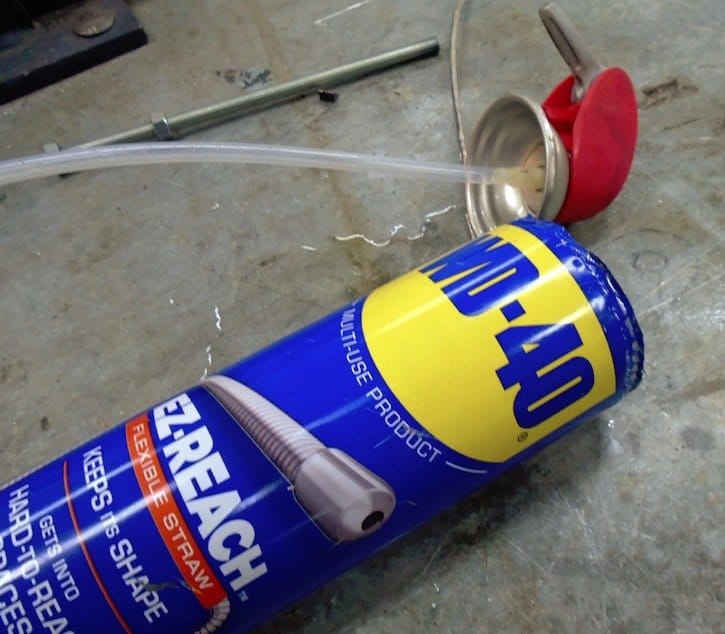
Some people think that speed is all that matters when it comes to their bikes. Well, that’s not the case, as with great speed comes greater responsibility: ensuring that you’re able to control it. And what does it mean to control your speed? It means that you need to ensure that you are able to stop whenever you need to, regardless of the speed which you might be going at. This is the reason why it’s so important for you to ensure that your brakes are in tip-top condition. The first thing that you need to ensure is that your bike doesn’t have worn out brake pads. Why? Well, it’s because there’s little to no difference between worn out brake pads and useless brake pads. If your brake pads are worn out, therefore, ensure that you replace them immediately.
Another thing that you need to ensure is for your brakes to be tight. What does that mean? Well, it means that if your brakes have become sluggish, then you need to tighten them up. There are a number of ways for you to go about doing it.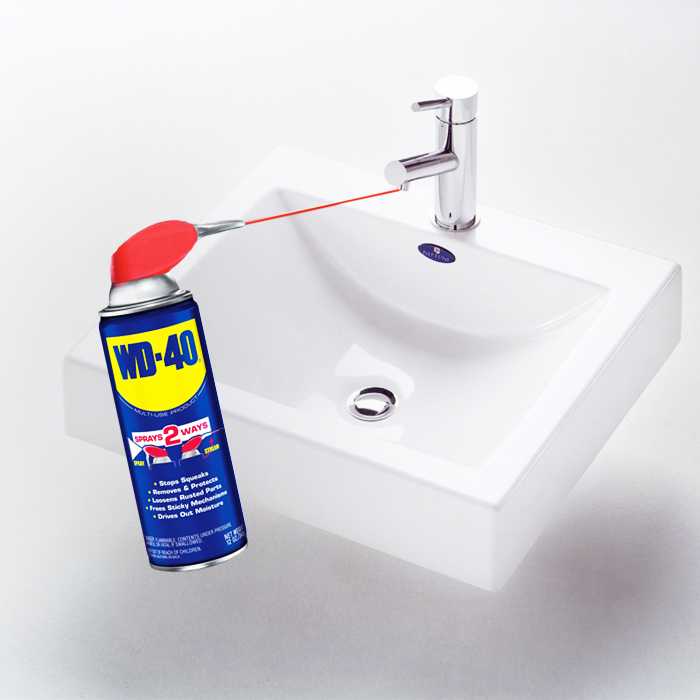 The easiest procedure, however, is for you to twiddle the barrel adjuster by the brake lever. Remember, your brakes need to be in the perfect condition. Your life depends upon it!
The easiest procedure, however, is for you to twiddle the barrel adjuster by the brake lever. Remember, your brakes need to be in the perfect condition. Your life depends upon it!
The bike chain is, perhaps, the most important part of your bike, owing to how the performance of your bike depends upon it directly. If your bike chain is dirty and all greased up then it is of utmost importance for you to get it degreased. And when it comes to degreasing your bike chain, you can try WD-40 Bike Degreaser. All you need to do is soak the bike chain in WD-40 Bike Degreaser. After some time, pick up a toothbrush and clean the bike chain with it thoroughly. This will ensure that all of the dirt and grit stuck between the teeth of the bike chain is taken care of. And…that’s it! Degreasing bike chains was never as easy, right?
Once you’re done with the degreasing of bike chain, it’s recommended for you to give the bike chain a coating of lubricant. Why? Well, it’s because the final coating of lubricant will ensure that your bike chain runs smoothly whilst you are cycling.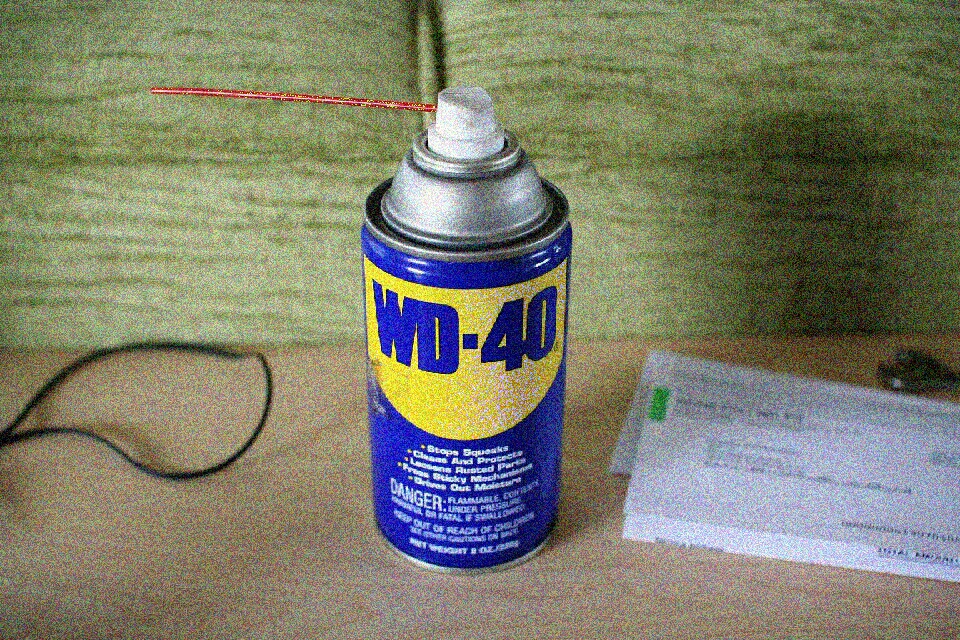 WD-40 has a range of bike lubricants (wet lube, dry lube and all conditions lube) to suit your needs. You can also use the original WD-40 on your bike chain as a lubricant!
WD-40 has a range of bike lubricants (wet lube, dry lube and all conditions lube) to suit your needs. You can also use the original WD-40 on your bike chain as a lubricant!
To follow all the news of WD-40 Africa, follow us on Facebook and Instagram !
Learn more
Change Cookie settings
WD-40 Company
Europarc du Chêne
11 rue Edison
69673 Bron cedex
04 72 14 67 47
© 2022 WD-40 Company.
All Rights Reserved
A long road can throw a lot of unpleasant surprises, one of which is a tire puncture. A motorist finds himself in a particularly difficult situation when he does not have a spare wheel and a car compressor. Theoretically, there are many ways to pump up a wheel without a pump, but not all of them are effective and can really help in a difficult situation.
Theoretically, there are many ways to pump up a wheel without a pump, but not all of them are effective and can really help in a difficult situation.
It should be noted right away that without exception, all folk methods of pumping a wheel without a pump are inferior to a conventional car compressor, even of the lowest performance. Therefore, they should be used only as a last resort, when there is no other way out. Some of them do not give the desired result, others are quite risky or require the manufacture of additional devices.
One effective inflation method is to use the vehicle's exhaust gases. The exhaust system can provide pressure in the wheel up to 2 or more atmospheres - quite enough to get to the service station or gas station, where you can already fix the wheel and pump it with ordinary air. The difficulty lies in the fact that it is necessary to have a hose and adapters with you, which will be needed to transfer exhaust gases into the interior of the tire and ensure the tightness of the system.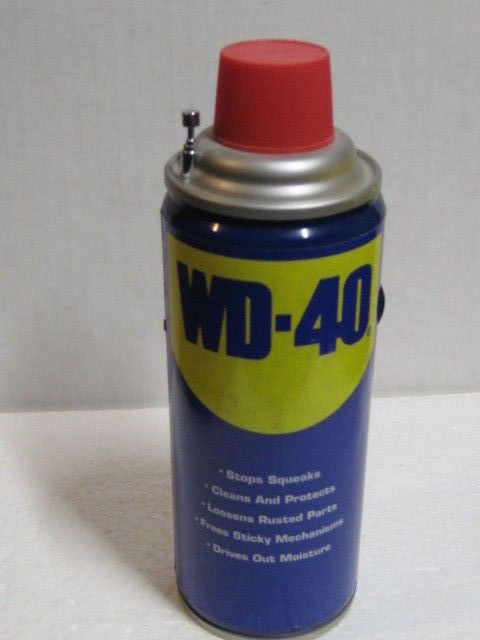
To inflate a tire, connect a hose to the vehicle's exhaust pipe and apply gas. The main difficulty lies in ensuring sufficient tightness of the connection between the hose and the exhaust pipe. Electrical tape, washers, bottle caps can help - everything that can be at hand in such a situation.
Another disadvantage of this method is the possibility of damage to the catalytic converter or exhaust system corrugations. Therefore, it should be used as a last resort.
Another effective, but difficult to organize method is pumping air from other wheels. The nipple mechanism prevents air from escaping from the tire. If you unscrew the spool of an inflated tire, then there is a risk of being left with several flat tires.
Therefore, when using this method, it is necessary to attach ferrules to the hose, similar to those used on a standard car compressor. You can also use an adapter, which you have to stock up in advance. After the hose is connected to the wheel valves, the air from the inflated tire will flow into the flat tire due to the difference in pressure.
After the hose is connected to the wheel valves, the air from the inflated tire will flow into the flat tire due to the difference in pressure.
For pumping, it is better to use several inflated wheels - this way you can ensure that the pressure in the tires is approximately equivalent and will be about 75% of the required value (from 1.5 to 1.8 bar each).
Inflating a tire with a fire extinguisher is another common way to get out of a difficult situation. Naturally, only carbon dioxide (OC) is suitable, and not powder. Since the average car owner usually drives with powder, this method is of little use.
If you have the right type of fire extinguisher on hand, inflating the wheel is easy enough. It is necessary to connect the fitting of the device to the nipple using a hose. When you press the trigger guard of a fire extinguisher, liquid carbon dioxide rushes out. Upon contact with air, it is converted into a gaseous state and fills the interior of the tire in a short time.
This method has a couple of disadvantages. The first of these is the strong cooling of the hose and the fire extinguisher during the transition of carbon dioxide from a liquid to a gaseous state. The second is the need to build a hose with an adapter for connecting to a fire extinguisher.
There are also rumors among motorists about other pumping methods. But in practice, all of them have critical drawbacks that do not allow them to be used in the current situation.
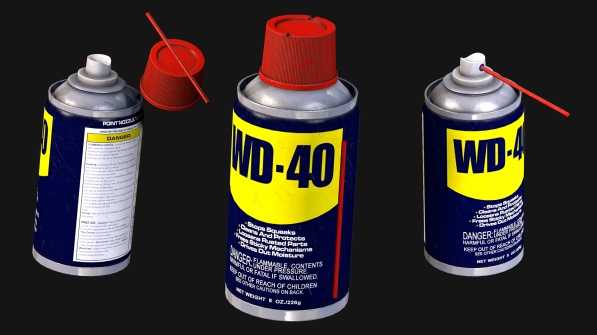 To pump up the tire at least to the minimum possible values, it will take several dozen cartridges.
To pump up the tire at least to the minimum possible values, it will take several dozen cartridges. Folk methods of pumping a flat tire can help out in an emergency situation that has developed on a country road. However, all of them either do not give enough pressure, or are dangerous, or difficult to perform. Therefore, it is important to always carry a car pump with you - even the most low-performance one is more reliable than any of the alternative methods.
However, all of them either do not give enough pressure, or are dangerous, or difficult to perform. Therefore, it is important to always carry a car pump with you - even the most low-performance one is more reliable than any of the alternative methods.
Rate this article:
(20 votes, average: 2.9 out of 5)
Share with friends!
Adblock
detector
Contents
 Aerosol cans
Aerosol cans 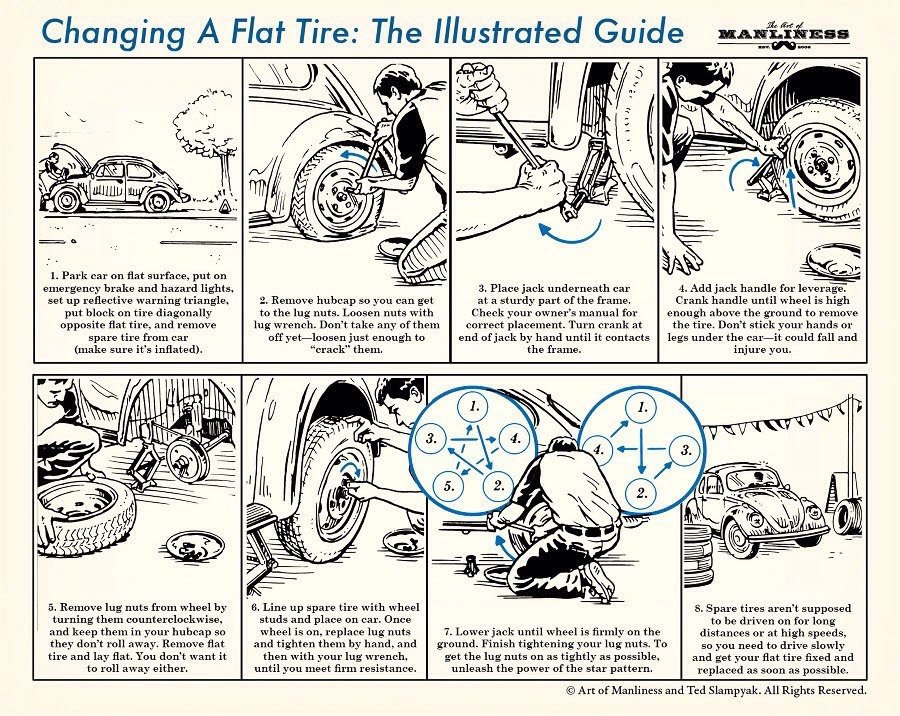
Once a tubeless tire is mounted on a rim, it is not so easy to inflate it. Tire fitting and service stations do not count. We are interested in how to inflate a tubeless tire yourself.
The problem is that usually after mounting the wheel between the tire and the rim there is a gap of 5 millimeters to 5 centimeters, or, as the professionals say, the tire "did not sit in place." There is simply no point in inflating such a tire with a foot, and even more so with a hand pump - all the air pumped by the pump will exit through the aforementioned slot.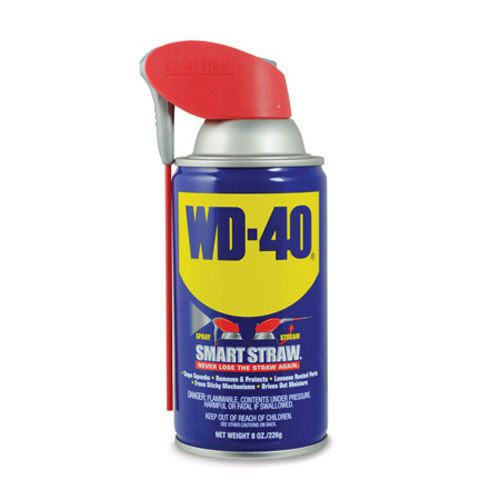
At the tire shop, this issue is solved simply: using pneumatic impact devices, powerful compressors, boosters or inflators, a large amount of air is supplied to the gap between the rim and the tire in a short period of time. After the tire "slams" and sits on the mounting site, air is pumped in the usual way - through the tire nipple with a regular hose with a pressure gauge.
What if there is simply no equipment for pneumatic impact? Over the years of operation, motorists have invented several ways to inflate tubeless tires. From safe to risky, from labor-intensive to effortless. Which method is more acceptable, you choose.
Put the fully assembled and mounted wheel on the ground. The spool from the nipple must be unscrewed without fail. Apply a small amount (from 10 to 20 ml) of gasoline, WD-40 fluid or carbcleaner carburetor cleaner in a circle into the gap between the tire and the rim of the rim.
Next, it is necessary in a safe way (using a torch from a newspaper or throwing a match from afar) to set fire to the vapors of flammable liquid formed inside the tire, which, when ignited, will increase the volume of air and after a noticeable pop, the tire will sit tightly on its seat.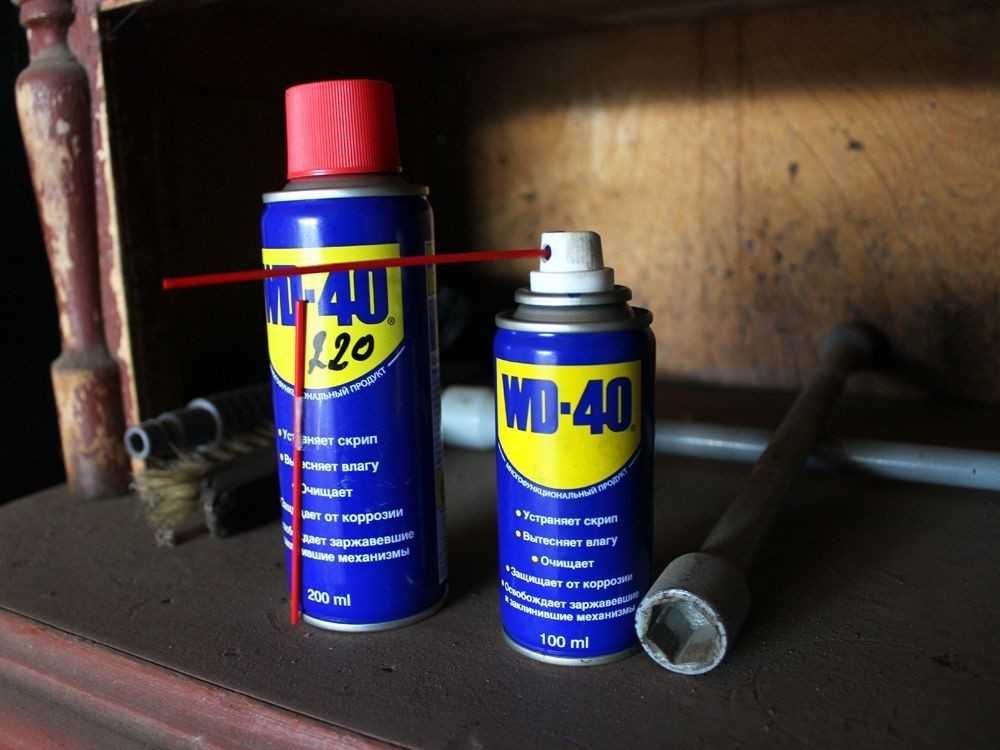
It is possible that the wheel can bounce to a height of up to half a meter above the ground. Therefore, be prepared for such effects and be careful.
We screw the spool into the nipple and inflate the tire in the usual way using a pump.
We inflate the spare wheel or wheel on the car with a pump to a pressure of about 4 atmospheres. We remove the hose from the pump and put the side that was removed from the pump tube onto the nipple of the tubeless tire that needs to be pumped up. We remind you: the spool must be unscrewed from the tire.
Put the other end of the hose with a lock onto the overpressure tire fitting and fix it. The air from the “pumped” tire through the hose will begin to flow under pressure into the empty tire and it will “sit down” quite quickly. It remains to disconnect the hose first from the donor wheel, and then from the recipient tire, screw the spool into the nipple and pump up both wheels to the required pressure.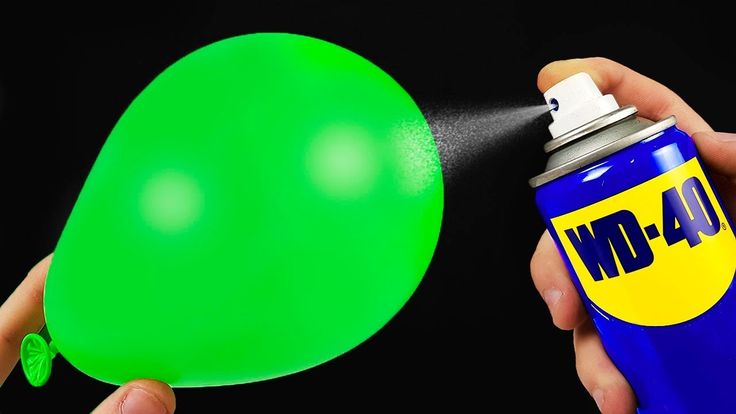
If a piece of sling or rope is wrapped around the tire in a circle, along the line. More
Source
Inflating a tire in the city is not a problem. There will always be a thrifty car enthusiast nearby who will lend a compressor. In extreme cases, you can drive to the nearest auto parts store and buy this useful device. But if the need to pump up the wheel caught on a long journey, on a deserted track, you will have to use your ingenuity.
A very banal way is to turn to professionals, that is, truck drivers. The fact is that any truck with pneumatic brakes can supply dried and purified air with high pressure through a hose that a thrifty truck driver always has with him.
Many gas stations now have tire inflators, and perhaps the easiest way is to hitch a wheel to it and return to your car the same way. If all of the above did not work, then read about the tricks that we personally tested for effectiveness:
 Aerosol cans
Aerosol cans Attaching the can (any) to the nipple is not that difficult. The pressure inside the cylinder is 1.8-2.8 bar. It is important that the contents do not dissolve the rubber and do not harden, such as building foam.
Here, of course, canisters with compressed air are good, designed for blowing, for example, office equipment. But the internal volume of the wheel of a small class car is about 20-25 liters. For pumping, you will need several boxes of spray cans. Unacceptably!
It is possible to connect the tire valve to the brake master cylinder connection after draining the reservoir. After that, we begin to press the brake pedal as is usually done when bleeding the brakes when replacing the brake fluid. To inflate the wheel, it will take a gigantic number of clicks. Unacceptably!
Connect the hose to the air path after the turbocharger. The boost pressure in the line between the compressor and the intake valves of conventional (non-sport) engines is not enough to inflate the wheel.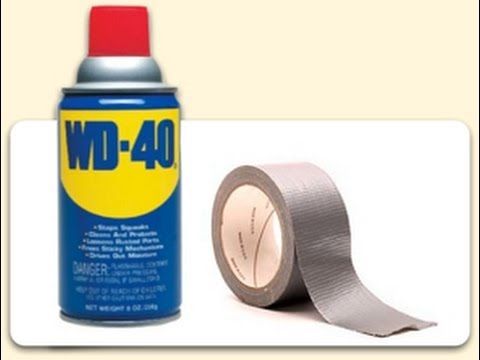 No matter how hard you go, it's unacceptable!
No matter how hard you go, it's unacceptable!
Advanced car enthusiasts know the method of transferring the bead ring over the hump of the rim using an explosion of fuel vapor. The Internet is full of videos on this subject.
It is usually advised to unscrew the spool from the valve. I wonder what will happen if this is not done? We need to keep up the pressure. We conducted an experiment and got an unsatisfactory result. With this method, it is possible to provide not much pressure in the wheel - about 0.2 bar. The method really allows you to brilliantly cope with the task of transferring the sidewall through the hump, but it is not suitable for pumping!
And this is perhaps the most unusual way to inflate a tire. Having carried out an experiment with a large 6-kilogram fire extinguisher, it was possible to raise the pressure by a completely ridiculous amount of a couple of tenths of a bar. And this despite the inverted spool.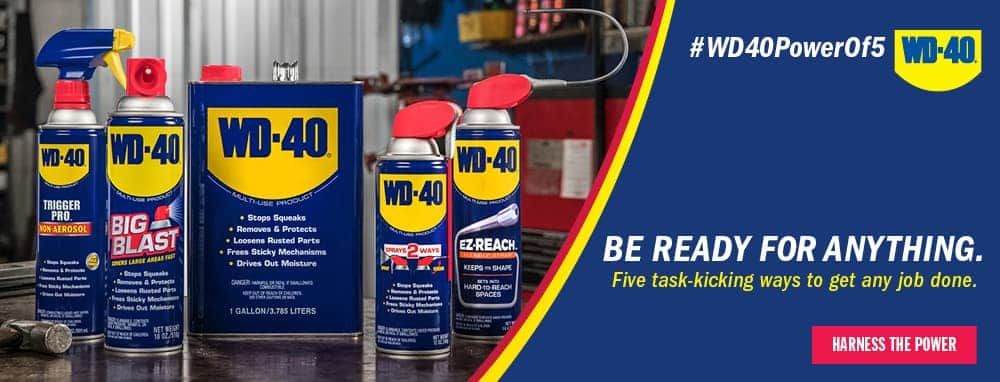 Everything around was covered with a rather nasty powder. Unacceptably!
Everything around was covered with a rather nasty powder. Unacceptably!
If you can fit the hose to the exhaust pipe, you can inflate the tire in this way. The engine is able to provide a pressure of two or more bar with a sealed exhaust system and if you “give it a gas”. The method is acceptable, but only as a last resort. The fact is that with this method, the catalytic converter, and even the corrugation of the exhaust system, may suffer.
Using a hose, you can transfer part of the air from other wheels to the one we need to pump. The method is complicated, because the valve mechanism will interfere with such a procedure. If we turn out the spools, we risk leaving several wheels without air. But even if you manage to get by with minimal losses, the pressure in all the wheels will turn out to be insufficient. In the best case, 75% of the pressure will remain in the wheels. Without preliminary preparation, which consists in assembling a hose with two tips like those installed on the compressor, we do not recommend trying this method!
Alternative ways to inflate tires are complicated, inconvenient, require prior training and can damage the vehicle. Therefore, we advise you to always have a serviceable and inflated spare tire. And just in case, you should carry a portable electric compressor with you. Useful not for yourself, but for a less thrifty motorist.
Therefore, we advise you to always have a serviceable and inflated spare tire. And just in case, you should carry a portable electric compressor with you. Useful not for yourself, but for a less thrifty motorist.
Did you like the note? Subscribe and stay up to date!
Source
Any of the motorists will confirm that it is very problematic to inflate an empty tubeless tire on your own, unless there is a high-pressure compressor in the garage, which is used at tire shops and service stations. In order for the tire to fit snugly against the rim of the disc without a gap, it is necessary to supply a large amount of air into it in a short period of time, which is unrealistic to do with a conventional pump. How to be in a situation when there is no service station nearby, and the wheel is empty?
There are several ways to inflate a tubeless tire using handy tools. The main task is to install the tire on the mounting site.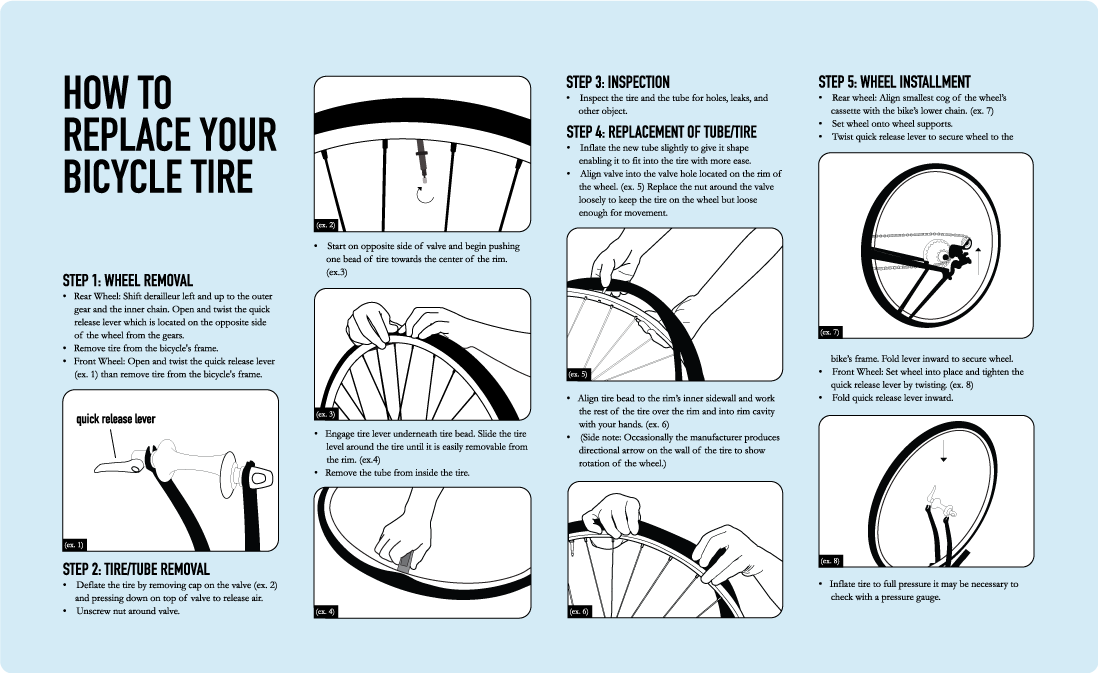 When it closes tightly, it can be pumped up using a conventional pump.
When it closes tightly, it can be pumped up using a conventional pump.
Drivers know that it will not be possible to inflate a tubeless tire with a conventional pump after it is installed on the rim - the air will simply escape from the gap between the rim and the rim of the tire. In order for the tire to “sit down” tightly in its place on the disk, it is necessary to supply a large portion of air in a short time, for example, from the compressor receiver, as is done at the service station. But, far from everyone in the garage has such compressors, how can you get out of the situation and pump up the "tubeless" with what is called "improvised means"?
It's actually not that hard to do.
This will require some gasoline, carburetor cleaner, WD-40, or any other flammable liquid. Lay the fully assembled wheel on the ground, spray a very small amount of flammable liquid in a circle into the gap between the tire and the rim. Do not pour a lot of gasoline, about 10 grams is enough. After that, quickly ignite the resulting vapors of flammable liquid in the tire (just throw a lit match into the gap between the tire and the disk).
After that, quickly ignite the resulting vapors of flammable liquid in the tire (just throw a lit match into the gap between the tire and the disk).
There will be a pop and the tire will snap into place. Now the tire can be inflated with a conventional pump to the required pressure.
If this method seems too extreme to you (after all, with fire and gasoline you need to be careful not to burn the whole car), you can use another method. Inflate any wheel on the car or "spare tire" to a pressure of about 4 atm. Remove the hose from the pump and connect its free end (the one without the fitting) to the nipple of the tubeless tire you want to inflate (the spool must be removed from the nipple). Now connect the other end of the hose, on which the fitting is located, to the “pumped” wheel. As a result, the air from the inflated wheel will be distributed very quickly into the tubeless tire, and it will fall into place on the rim. Now you can remove the hose, screw the spool into the tubeless nipple, and pump it up in the usual way to the required pressure.
Any motorist will confirm that it is very problematic to inflate an empty tubeless tire on your own, unless the garage has a high-pressure compressor, which is used at tire shops and service stations. In order for the tire to fit snugly against the rim of the disc without a gap, it is necessary to supply a large amount of air into it in a short period of time, which is unrealistic to do with a conventional pump. How to be in a situation when there is no service station nearby, and the wheel is empty?
There are several ways to inflate a tubeless tire using handy tools. The main task is to install the tire on the mounting site. When it closes tightly, it can be pumped up using a conventional pump.
Absolutely any driver should know how to seal a wheel when it is punctured, because anything can happen on the road:
If this situation happened on the road, then there are several ways to glue the wheel .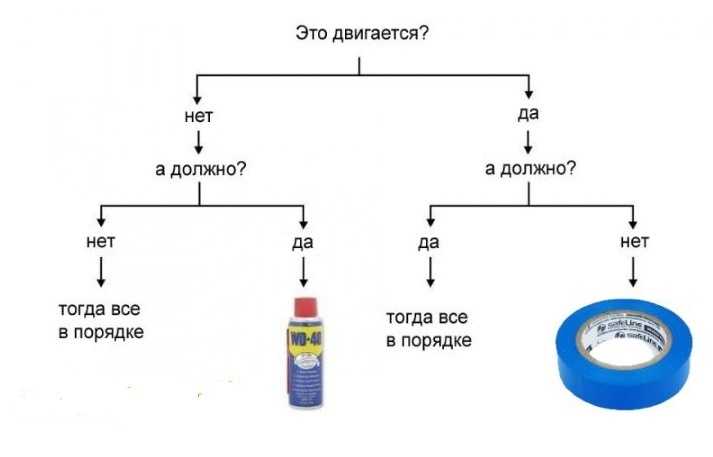 Nothing complicated and supernatural needs to be done - even the weak half of humanity can carry out this procedure.
Nothing complicated and supernatural needs to be done - even the weak half of humanity can carry out this procedure.
You must have the necessary tools to save the wheel until you get to the tire shop. The first, most necessary tool is a car pump, without which it is impossible to inflate a tire.
If you have a punctured wheel and there is no car repair shop nearby, this method will allow you to quickly and efficiently seal the damaged surface.
The following materials and tools are required for work:
The remaining “tail” from the harness will become invisible after 50-70 km. Some motorists and repairmen like to cut it off.
RELATED VIDEO Third.
If you have already encountered a similar problem and know exactly how to seal a tubeless wheel, then be sure to carry universal patches in your transport. They allow you to quickly seal a puncture in the wheel, not exceeding 7-8 mm.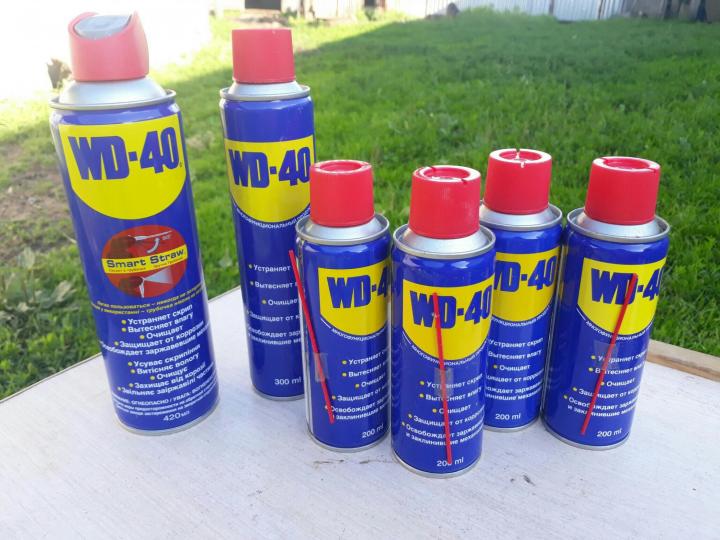
Also, this type of quick repair of a tubeless tire is very convenient in cases where other methods are not possible - for example, with a side cut.
How to seal a puncture in a wheel on a scooter? Almost exactly the same as on a car - you just need to take into account some features, for example, the diameter of the wheels and its "cubic capacity" (the larger it is, the longer it will take to tinker).
After sealing the puncture in the scooter tire, be sure to inflate it to 1.5-1.9bar. Such pressure in the wheel will allow you to easily reach your destination - do not fall, crash, the scooter will not “wag” much from side to side.
VIDEO By the way, such a sealed tire can live for quite a long time, but it's not worth the risk - you only need to drive in transport that is in good working order in all respects.
May you have smooth and endless roads leading home!
Absolutely any driver should know how to seal a wheel with a puncture, because anything can happen on the road:
If this situation happened on the road, there are several ways to seal the wheel.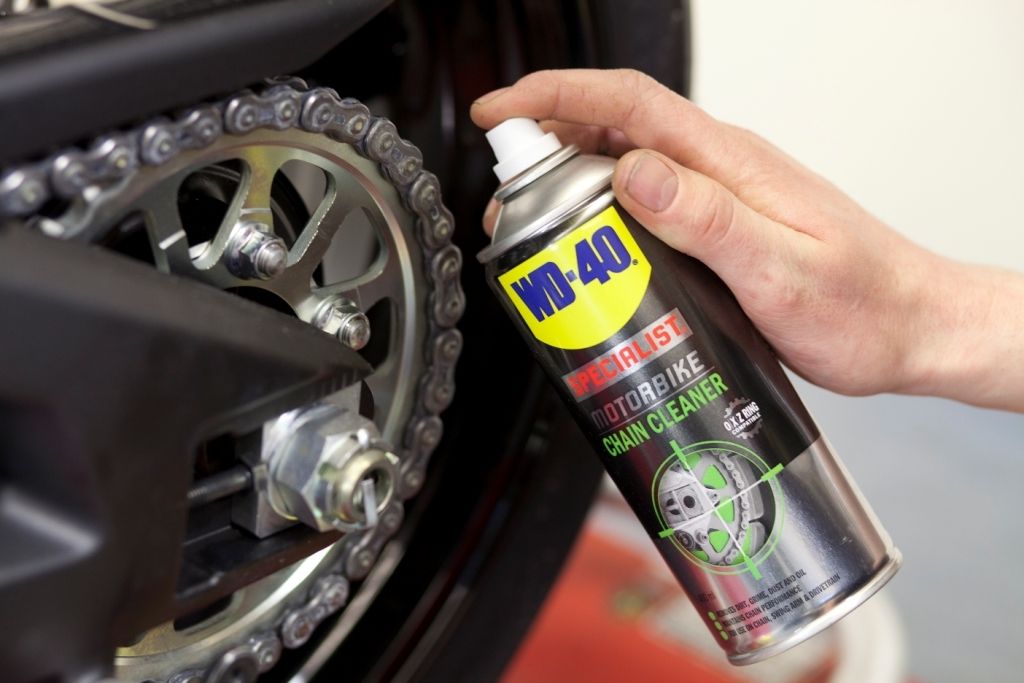 Nothing complicated and supernatural needs to be done - even the weak half of humanity can carry out this procedure.
Nothing complicated and supernatural needs to be done - even the weak half of humanity can carry out this procedure.
You must have the necessary tools to save the wheel until you get to the tire shop. The first, most necessary tool is a car pump, without which it is impossible to inflate a tire.
The wheel must be placed on the ground and the spool removed from it. Inject a small amount of flammable liquid (5-10 ml) into the gap between the disk and the tire and set it on fire. The vapors will ignite and create pressure in the air, which will help the tire to snap into place. Then it can be easily pumped up with a conventional pump, after screwing in the spool.
Gasoline, carburetor cleaner, WD-40 and other flammable liquids can be used as fuel. The main thing is not to overdo it with the quantity and have time to move to a safe distance, since the wheel from the cotton can bounce above the ground.
Let's start removing the mountain bike wheel: we take two keys for 15, loosen the nuts, disengage the brakes, remove the chain from the sprocket and remove the wheel, board it and do all the work that is described in the case of a wheel with a camera. I hope the article “how to seal a wheel on a scooter, motorcycle, bicycle” was useful to you, I would be grateful if you share this article with your friends.
I hope the article “how to seal a wheel on a scooter, motorcycle, bicycle” was useful to you, I would be grateful if you share this article with your friends.
Author of the article: Roma Fedchenko.
Fitting the rigid sidewall of a tubeless tire onto the rim requires a rapid increase in air pressure so that it (the air) does not have time to crawl out through the slots. In other words, the question is to invent a powerful compressor from improvised means.
There is a car with a dead Chinese compressor in it, or even a hand pump - it doesn't matter. There are also wheels, including a spare wheel.
1. Inflate the spare tire to the point of stupefaction, 4-5-6 atmospheres.
2. Remove the hose from the pump/compressor.
3. Unscrew the spool from the wheel to be inflated and push the free end of the hose onto the valve.
4. Unscrew the spool from the inflated wheel, holding the air with your finger, put the hose tip on the valve and observe the process.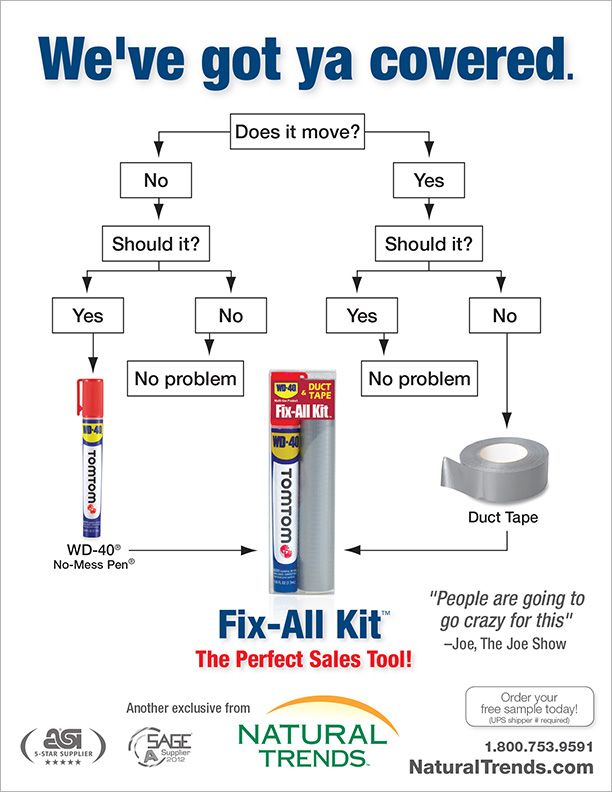
5. Adjust the pressure in all wheels.
From the Site Administrator: this is how you can pump up a tire with gasoline:
A few more articles from the "You and the car" section
On the "Books - for free" page you can download some of the materials of the "Bonus" section for FREE immediately.
Modern tubeless wheels, although very reliable, are very afraid of sharp lateral pressure.
For example, if you successfully drive near a concrete curb, you can easily take off your shoes.
Needless to say, this most often happens with under-inflated tires, but tubeless tires with normal pressure also have a chance to take off their shoes on the road.
How to shoe the car now I think it became clear, but now how to put it back on?
You can't simply inflate a wheel.
Until recently, even domestic car owners did not really know what a tubeless tire was. Unlike four-wheeled friends, scooters, in most cases, are equipped with such tires from the factory.
Unlike four-wheeled friends, scooters, in most cases, are equipped with such tires from the factory.
Let me ask you a question: “What will you do if you let such a tubeless tire go flat?” First you need to purchase a special repair kit, which is shown in the photo. It contains: a round file for treating the puncture site, a device for pushing the repair material into the hole, a number of repair material strips and a tube of glue.
Inflate the tire to locate the damaged area. Then by any known method: by ear, lowering the wheel into water or using a soapy emulsion, determine the puncture site.
File the damaged area with a round file to the required diameter.
Apply glue to the inside of the hole using the special tool.
Remove the protective covers from the repair material, insert it into the fixture and coat with adhesive.
Insert a tool with a repair agent into the hole.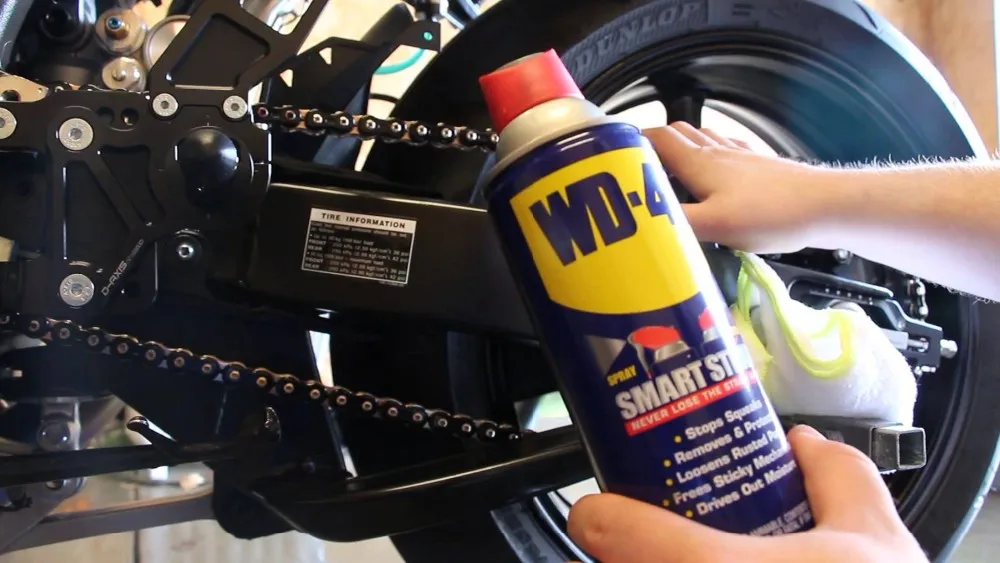
Leave the repair plug in place of the puncture, remove the tool from the tire. The remaining antennae must be cut off flush.
Need a powerful compressor.
The first thing that happens during inflation is that a powerful air flow inflates the tire and puts its beads on the rim.
And then the tubeless wheel is inflated to the desired pressure.
How to press the loose tires back to the sides of the rim while on the road? After all, without this it is useless to download it.
There is a way, and as usual it is simple.
Unscrew the cap and valve from the wheel.
Pour a teaspoon (no more.) of gasoline into the wheel, leaving a few drops on the outside of the rubber.
Shake the wheel a little, step back a couple of meters, light it and throw a lit match on the wheel where you left some gasoline.
Gasoline will ignite and after a few seconds the gasoline vapors inside the wheel will ignite.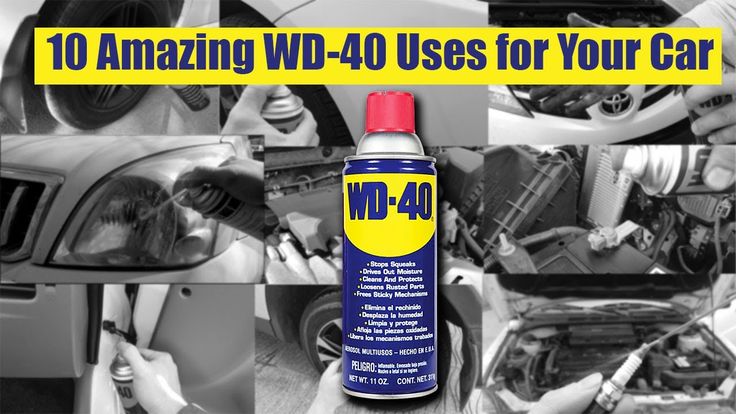
And not just ignite, but inside the wheel there will be a sharp expansion of gases, similar to what constantly occurs in the engine.
The tubeless tires are in place and now, by screwing the nipple in place, you can inflate the wheel with a conventional pump.
Nowadays, it is impossible to live without a car, but few people know how to pump up a tubeless wheel. Now we will talk about how this procedure takes place. Let's take a truck as an example. It should be said right away that it is not easy to do this work on your own, but if the service station is far away, you will have to do it.
First of all, I would like to note the ease of use of modern tubeless tires - in the event of a puncture, the descent of the wheel does not occur immediately. This implies the conclusion that in the event of an unforeseen malfunction, the car owner can always get to the car service. This outcome is more preferable, since in any case the help of a qualified specialist is more effective than doing the repair yourself.
Before proceeding with the repair of a tubeless tire, I would recommend making sure that the malfunction really exists. To do this, you need to raise the car with a jack, and then inflate the wheel. Inspect the tire - look, twist it, try to find a puncture. If you could not find a puncture, and inside the tire the pressure is at a normal level, you should turn on the valve and continue driving the vehicle. If possible, visit a tire shop.
If you find a puncture or a screw stuck in the tread, do not be upset. If there is a tire shop near your home or the place where you are, you have the opportunity to get to it without any problems. It is worth recognizing that such a transition will negatively affect the wheel, but this option is more optimal for solving the problem.
The tire did not fit, there was a gap between five millimeters and five centimeters. Here, pumps will not help fill the cargo wheels with air. It will exit through the gap. In specialized points, pneumatic impact is used. Of course, it is best for you to contact a tire service, and if there is none, then how to pump up a tubeless wheel of a truck?
It will exit through the gap. In specialized points, pneumatic impact is used. Of course, it is best for you to contact a tire service, and if there is none, then how to pump up a tubeless wheel of a truck?
Drivers are resourceful people and were able to come up with several ways to deal with this problem.
The spare tire is taken, inflated with pressure up to four atmospheres. The hose is removed from the pump, the tube is put on the nipple of the tire to be inflated. Remember, be sure to remove the spool. The second end of the hose is put on the tire with pressure, we fix it. Under high pressure, air from a filled tire passes into an empty one, and it falls into place. After the work has been done, the hose is disconnected, both wheels are pumped up to the desired pressure.
Another way to inflate a tubeless truck wheel.
The wheel rests on the ground. The spool must be unscrewed. A small amount of gasoline or carburetor cleaner is applied to the gap between the rim and the tire.
A small amount of gasoline or carburetor cleaner is applied to the gap between the rim and the tire.
The second step - carefully throwing a match from afar, set fire to the vapors. Having ignited, they increase the volume of air, after cotton, the tire will return to its place.
Sometimes the unexpected happens, the wheel can bounce high. So be careful.
After the operation, the spool is screwed in and the tire is inflated with air.
Wrap her tire along the tread line. Then you tighten it and fix it. The edges of the tire are pressed against the rim. After that, you can remove the spool and start inflating the tire. As it fills with air, the rope will fly off by itself.
As you can see, the methods are simple and will help to cope with the problem. Of course, everyone should do their job and it is best if a specialist helps inflate the tires. All your opinions and comments will be welcome.
If you decide to seal a tubeless tire yourself, or just from where you are, it is very far to get to a tire service, then here is an instruction on how to seal a tubeless tire at home and on the road.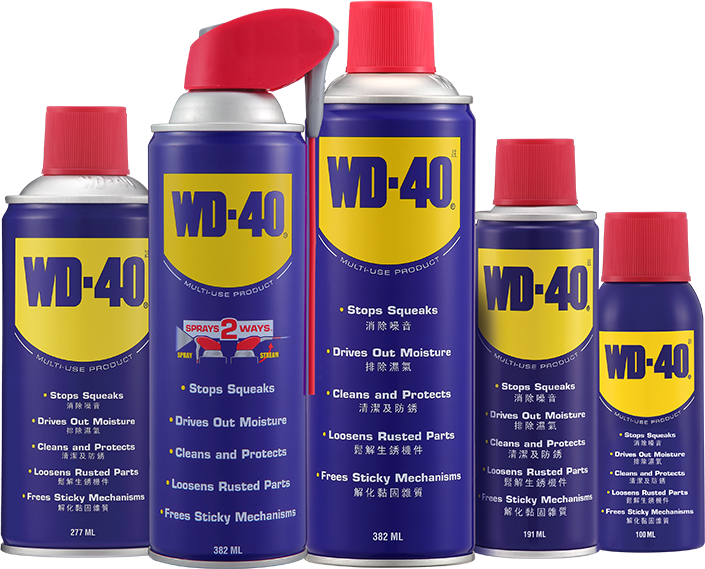
First of all, you should make sure that you have a simple kit, which is a kind of first aid for tires. The simplest such set includes:
- A special needle with an eye;
Do not forget that the repair of tubeless wheels should be carried out carefully and reverently. First look at the direction of the screw, then try to understand and set the angle of the hole in the tire. After completing this action, pull out the screw and insert the awl into the hole formed at the same angle. Do each action as carefully as possible. Steel threads that stick out of the hole should be pulled out.
Take a tourniquet that has a special impregnation and anoint it with glue. Using an awl, insert this tourniquet into the hole, and at the same time turn the awl itself by 90%, then pull it out sharply. The tourniquet should remain inside the hole, where it should form a loop. It’s worth noting right away that you shouldn’t save on a tourniquet, follow the rules. Using scissors, cut off the end of the bundle, keeping the ends 2-3 mm in advance.
Wait for the glue to dry. After waiting for this, inflate the tire with air to the required pressure level.
That's all the instructions on how to seal the tubeless at home or on the road.
Damage to the side hole
Don't forget about tire damage such as the side hole. Such malfunctions also exist, and usually they are of a rather large size. With such a problem , it will no longer be possible to seal the tubeless tire on your own, you can only contact the tire service, and if the hole width exceeds 5 mm, then there is a high probability that even specialists will not be able to repair the tire. Therefore, it is always worth having a spare tire with you.
When sealing a tubeless tube, you can also use a lingering spray. Such a spray is quite effective in case of minor damage, which allows it to be used for tire repair.
In order to repair with this spray, pour it inside the tire, in the place where there is damage, and then pump up the wheel.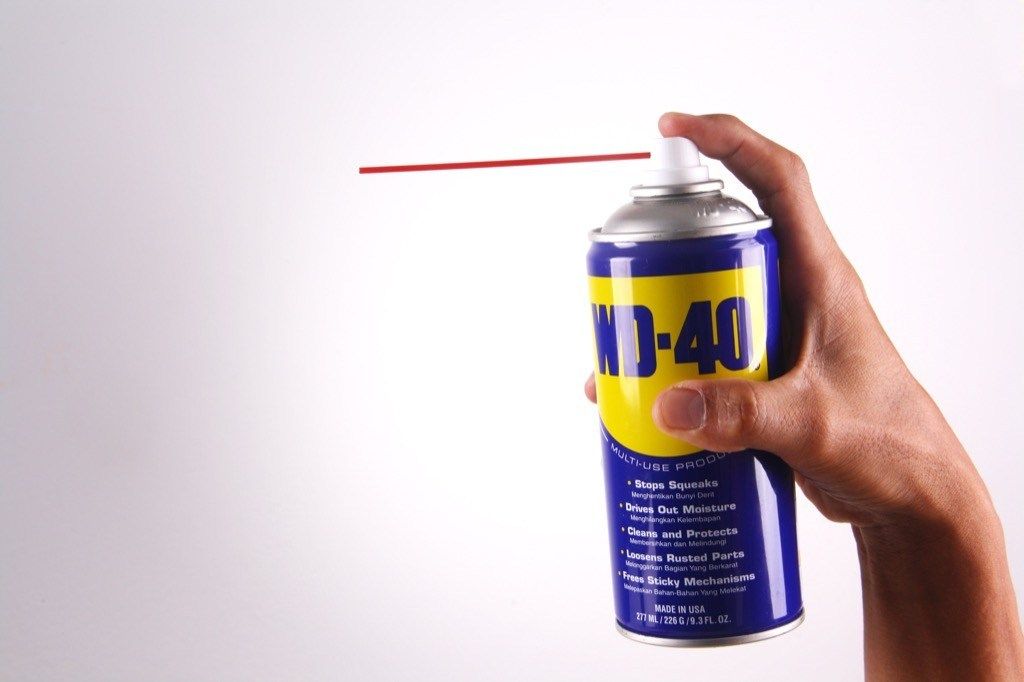 The spray will stretch all over the wheel, and at the same time fill the punctured hole. We should not forget about the removal of objects that caused a tire puncture.
The spray will stretch all over the wheel, and at the same time fill the punctured hole. We should not forget about the removal of objects that caused a tire puncture.
In general, this spray is quite convenient, but at the same time it has one drawback - in case of further tire repair in the tire shop, you will also have to pay for the removal of the applied compound.
After mounting a tubeless tire on a rim, it is not so easy to inflate it. If the tire fitting point or service station is far away, you have to perform this procedure yourself.
The problem is that usually after mounting the wheel between the tire and the rim there is a gap of 5 millimeters to 5 centimeters, or, as the professionals say, the tire “did not sit in place”.
There is simply no point in inflating such a tire with a foot pump, and even more so with a hand pump - all the air pumped by the pump will exit through the above slot.
At the tire shop, this issue is solved simply: using pneumatic impact devices, powerful compressors, boosters or inflators, a large amount of air is supplied to the gap between the rim and the tire in a short period of time.
After the tire “slams” and sits on the installation site, air is pumped in the usual way - through the tire nipple with a standard hose with a pressure gauge.
What if there is simply no equipment for pneumatic impact?
Over the years, motorists have invented several ways to inflate tubeless tires. From safe to risky, from labor-intensive to effortless. Which method is more acceptable, you choose.
Place the fully assembled and assembled wheel on the ground. Be sure to unscrew the teat from the nipple.
Apply a small amount (10 to 20 ml) of gasoline, WD-40 fluid, or carbcleaner carburetor cleaner in a circle around the gap between the tire and rim.
Next, in a safe way (using a torch from a newspaper or throwing a match from afar), set fire to the vapors of flammable liquid formed inside the tire.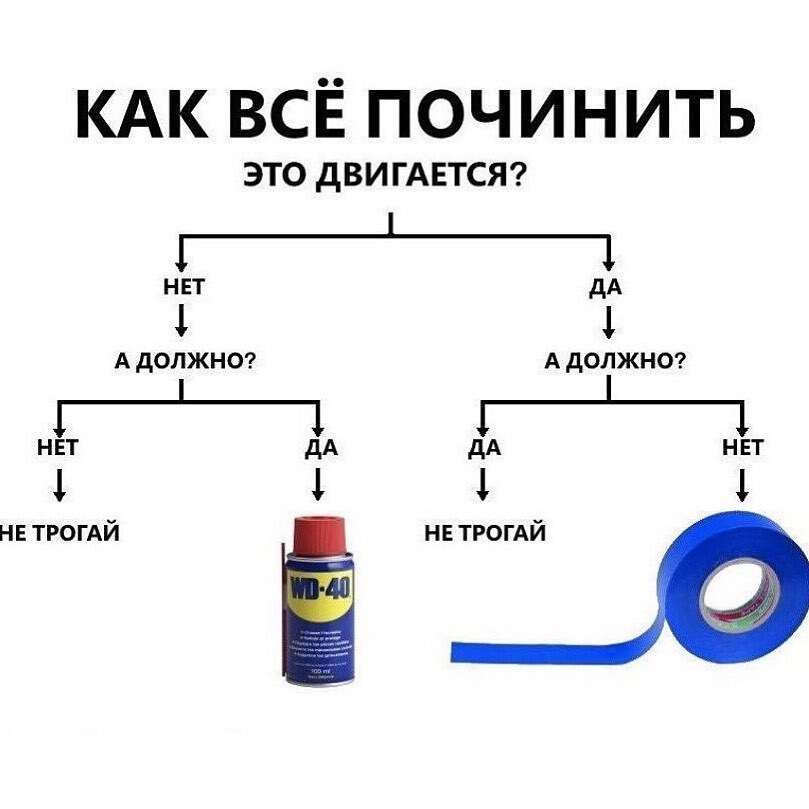 They will ignite, increase the volume of air, and after a noticeable pop, the tire will sit tightly in its seat.
They will ignite, increase the volume of air, and after a noticeable pop, the tire will sit tightly in its seat.
It is possible that the wheel can bounce to a height of up to half a meter above the ground. Therefore, be prepared for such surprises and be careful.
After screwing the valve into the nipple, inflate the tire in the usual way using the pump.
Inflate the spare tire or wheel on the car to a pressure of about 4 atmospheres. Remove the hose from the pump and put the side that was removed from the pump tube onto the nipple of the tubeless tire you want to inflate. The spool must be unscrewed from the tire.
Place the other end of the hose with a lock onto the fitting of the pressurized tire and secure. The air from the “pumped” tire through the hose will begin to flow under pressure into the empty tire and it will “sit down” quite quickly.
It remains to disconnect the hose first from the donor wheel, and then from the recipient tire, screw the valve into the nipple and pump up both wheels to the required pressure.